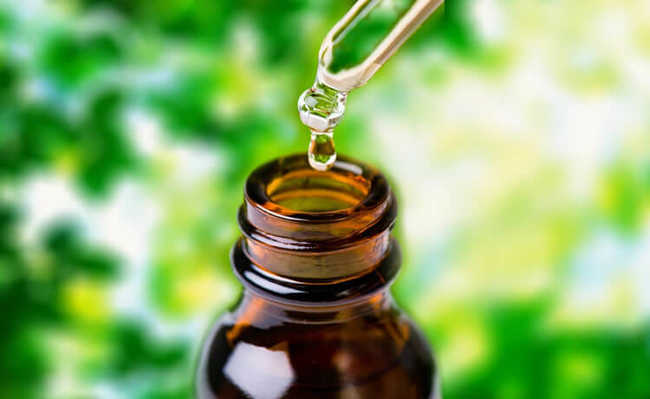Salvia: what is it for, types and benefits
One of the ways to get the benefits of salvia is through the use of its essential oil. Understand
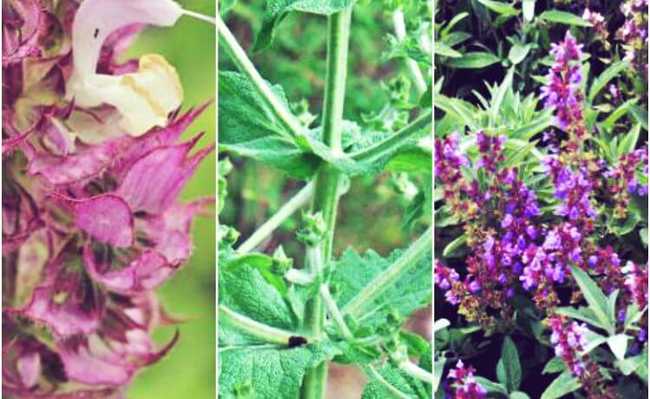
Salvia (in informal language) or salvia is the name given to different species of plants. The best known species of salvia are the salvia clarea, Salvia officinalis, Salvia divinorum and Hispanic sage, also known as chia.
Each type of salvia is very unique and can be used for different purposes. While the Salvia officinalis is used as a seasoning, for example, the salvia clarea it's great for therapeutic purposes. Salvia divinorum, in turn, is used as a recreational drug and can even be dangerous. Understand what each type of salvia is for and know how to differentiate them:
salvia clarea
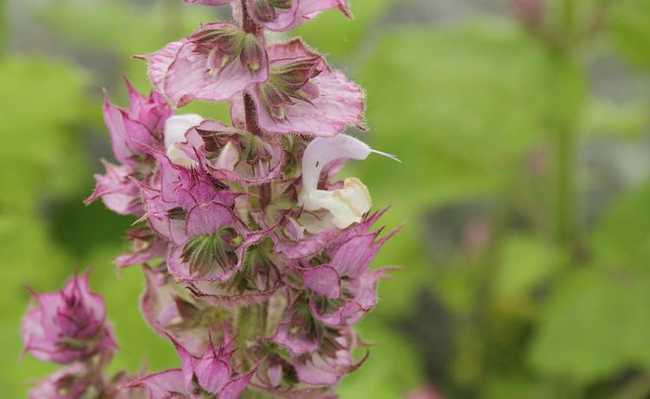
Image: Salvia sclarea i Bergianska trädgården by CT Johansson is licensed under CC-BY-SA-3.0
THE salvia clarea , popularly known as sage clarifies, is a herb native to the Mediterranean. The essential oil that is extracted from the leaves and buds of the plant is fragrant and refreshing; and you can use it as a deodorant and as a complementary treatment for illnesses.
Sage clarifies is easy to grow in high temperature areas. It is usually grown for consumption as tea. For its use in the treatment of eye diseases, it is also known in English as the "bright eye". But salvia claria it has a number of other benefits, which are mainly obtained through the use of its essential oil, which concentrates its properties.
Benefits of salvia clarea
Reduces stress
Aromatherapy uses the power of aroma to calm the mind and reduce feelings of anxiety. The olfactory system directly influences the functioning of the brain, which regulates emotion. That's why smell can trigger memories and arouse feelings, both negative and positive.
When used in aromatherapy, sage clarifies essential oil can help relieve stress, inducing a sense of well-being. A study of women undergoing a stressful medical examination showed that, when inhaled, sage essential oil clarifies elicits feelings of relaxation and helps to lower blood pressure.
Bactericide
Diluted clary sage essential oil can have a positive impact on some strains of bacteria. One study showed that clarei sage essential oil helped to cure severe skin infections caused by various strains of bacteria. Staphylococcus. The study used a swab of bacterial infections from 61 people. Each had a hard-to-treat wound that didn't respond well to antibiotics. The wounds were caused by burns, diabetes or surgical procedures. The diluted sage essential oil was found to be effective against several bacterial strains.
natural antidepressant
A study done in rats showed that the essential oil of sage clarifies may be beneficial to treat depression, as it combats stress.
Another study of menopausal women showed that inhaling the essential oil of sage clarea reduces cortisol (the stress hormone) and produces an antidepressant-like effect.
Menopause Symptoms Relief
A component of the essential oil of sage clarea mimics the effects of estrogen in the body. For this reason, sage clarifies can be effective in reducing some of the symptoms of menopause. Some research suggests that sage clarifies essential oil, diluted and applied to the soles of the feet, can reduce menopausal hot flashes.
- Essential Oils: Alternatives in Natural Menopause Treatment
Reduces menstrual cramps
One study examined 48 women who suffered from menstrual cramps. Some women were given a cream containing sage clary essential oil and other essential oils to apply to the lower abdomen daily between menstrual cycles. Women who used the cream had a significant reduction in menstrual cramps compared to the group who didn't.
How to use sage essential oil
Inhale sage clarifies essential oil deeply if you want to reduce stress. You can dilute sage essential oil in water and use it as a spray of room. You can also spray this mixture on pillows, cushions and the sofa.
Do not apply essential oils directly to the skin. Instead, add one drop of essential oil to a spoonful of carrier oil (could be coconut oil, grape seed oil, sunflower oil, etc.) to massage.
Salvia officinalis
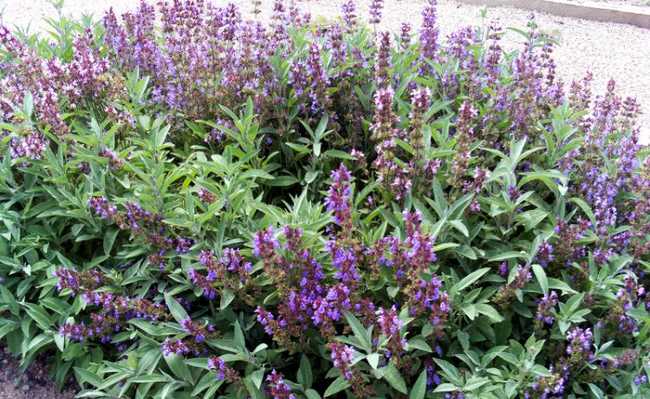
THE Salvia officinalis , as well as clary, is a plant from the Mediterranean region. In addition to being cultivated as an aromatic and medicinal herb, Salvia officinalis is used as an ornamental plant, due to its exuberance.
Salvia officinalis is a great seasoning for breads and can also be used in drinks, soups and sweets.
Salvia officinalis essential oil concentrates active principles with antibiotic, antifungal, astringent, antispasmodic, estrogenic, hypoglycemic and tonic properties.
According to a study carried out at the University of Bristol, the extract of Salvia officinalis can increase cognitive performance, with results superior to coffee! Another study concluded that salvia is effective in controlling some Alzheimer's disease states.
Hispanic sage
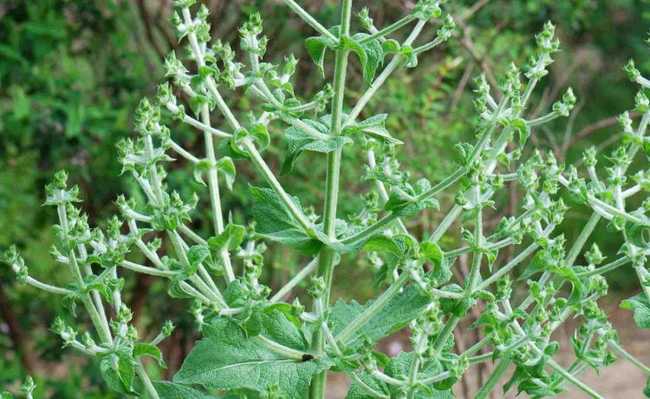
Hispanic sage is the plant that gives rise to chia seeds. Also known as chia, this type of sage originates from Guatemala and the central and northern regions of Mexico. Its leaves, as well as its seeds, can be used for infusions and both are rich sources of minerals, essential amino acids and omega 3.
The chia seed absorbs water and creates a gel that can be mixed with food, to increase its volume, without causing any kind of variation in terms of flavor and caloric value of the food. According to a study in the European Journal of Clinical Nutrition, adding chia to the diet can help control blood glucose levels and keep the person satisfied for longer.
Chia oil is very beneficial for the health and beauty of the body, as it stimulates the formation of collagen, which provides greater elasticity to the skin. Learn more in the articles "Chia oil: what it is for and benefits" and "Discover the "miraculous" benefits of chia seed".
Salvia divinorum

Image: Salvia Divinorum by Eric Hunt is licensed under CC-BY-SA-3.0
Salvia divinorum is a plant native to southern Mexico and parts of Central and South America, often used for its hallucinogenic effects, mainly in traditional ceremonies by the Mazatec Indians.
The active ingredient in Salvia, salvinorin A, is considered to be one of the most potent psychoactive medications that exist naturally. The effects of this medication include hallucinations, dizziness, visual disturbances, among others.
Although salvia is legal in some countries, it is a powerful drug with real effects and possible risks. This type of sage is usually used from its extract in vaporizers or through the ingestion of fresh leaves. Dried leaves can have very potent hallucinogenic effects.
despite the use of Salvia divinorum considered safe, it has not been studied much. However, the National Drug Intelligence Center (NDIC) does not advise drinking more than 0.0005 grams of this type of salvia.
Effects
After five or ten minutes of smoking or inhaling the Salvia divinorum, the person may have the following effects:
- Visual and auditory hallucinations such as seeing bright lights, vivid colors or extreme shapes
- Distorted reality and altered perceptions of surroundings
- Feeling of having an "out of body" experience or moving away from reality
- slurred speech
- uncontrollable laughter
- extreme anxiety or fear
- Nausea
- Dizziness
- Loss of control over motor functions
- irregular heart rate
A study showed that the use of Salvia divinorum it can have negative effects on learning and impair long-term memories.
No form of ingestion of Salvia divinorum. But if you want to use it in some ritual, look for a doctor or psychiatrist to know how to deal and reduce its possible damage. the cultivation of salvia divinorum in Brazil it is prohibited by Anvisa. If you don't cultivate but have the plant in your home, consider it a drug to keep away from children and pets.


